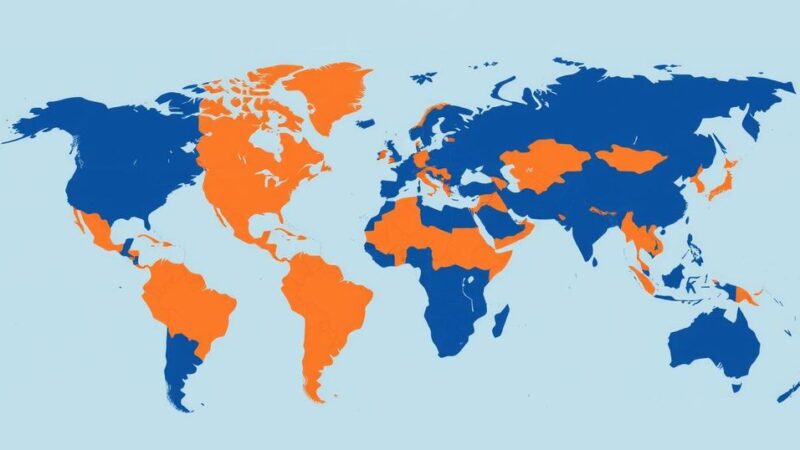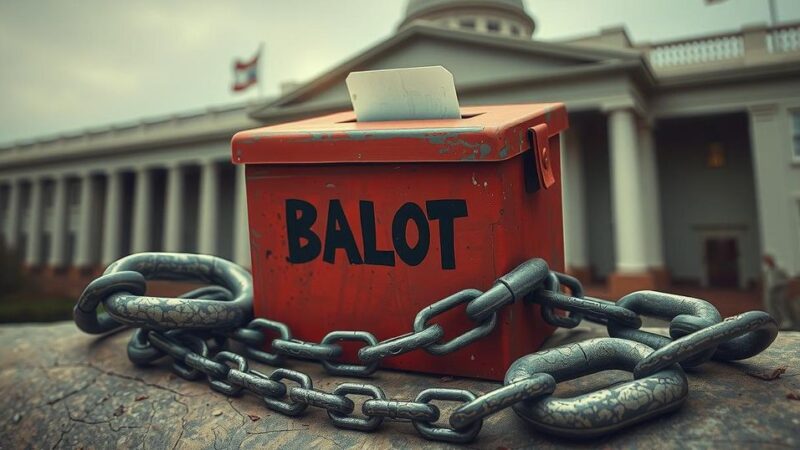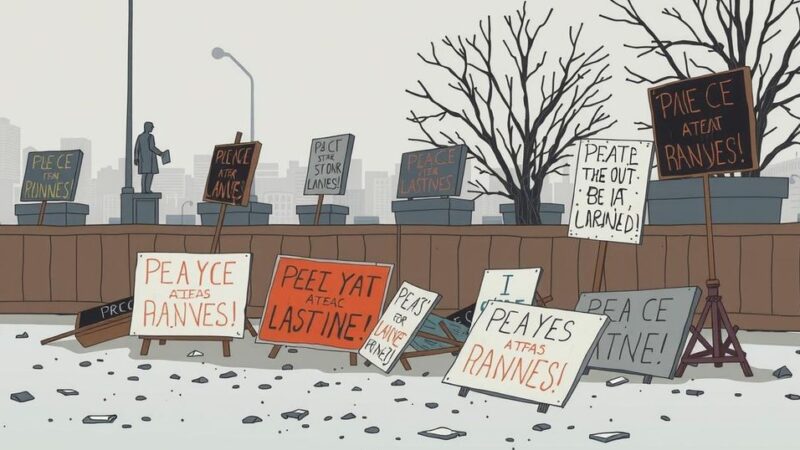The Irish general election results demonstrate the continued dominance of Fianna Fáil and Fine Gael, retaining 43% of the vote, while revealing a decline in Sinn Féin’s support amid emerging right-wing sentiments. The complexities of public sentiment alongside the strategic choices of center-left parties suggest a challenging yet pivotal moment for Irish politics.
The recent general election in Ireland has yielded results that consist of both continuity and complexity within the nation’s political landscape. The incumbent parties, Fianna Fáil and Fine Gael, have maintained a stable share of the vote totaling 43%, reflecting a sense of familiarity amidst the evolving political dynamics. However, this apparent stability masks a deeper and more ambiguous public sentiment toward these longstanding political entities, indicating a potential decline in their influence.
Historically, Fianna Fáil has served as a dominant political power in Ireland since the 1930s, though it experienced substantial losses following the economic crisis in 2011. Now, while it has regained some ground, both Fianna Fáil and Fine Gael collectively hold less than half of the electorate’s trust. Amidst a flourishing economy and improved public welfare, the electorate’s lukewarm endorsement raises questions regarding the effectiveness and responsiveness of these traditional parties.
Sinn Féin, once viewed as a formidable challenger to the ruling coalition, has also encountered setbacks. Despite a well-structured campaign addressing vital issues, Sinn Féin’s share of the vote decreased, indicating the party’s struggle to resonate with voters in light of internal controversies and emerging right-wing alternative candidates. The political narrative has shifted, as new forces exploit vulnerabilities and concerns within the electorate, complicating the political landscape further.
The center-left parties, namely Labour and the Social Democrats, also experienced notable electoral gains but face an important decision ahead. They must weigh the prospects of collaboration with the incumbent coalition against the opportunity to fill the vacuum potentially left by Sinn Féin’s declining support. The political environment calls for strategic maneuvering, as fiscal challenges loom amid rising public expectations resulting from promises of enhanced public services and infrastructure.
In conclusion, the aftermath of Ireland’s general election reveals a political landscape that, while seemingly stable, is rife with contradictions and shifting voter sentiments. The continued dominance of Fianna Fáil and Fine Gael belies a more complex narrative of political dissatisfaction, competition from emerging parties, and internal challenges. As Ireland navigates this dynamic political terrain, the choices made by the center-left parties will be pivotal in shaping the country’s future trajectory.
This article examines the aftermath of the recent general election in Ireland, focusing on the enduring dominance of the two main parties, Fianna Fáil and Fine Gael, which together received 43% of the votes. It also explores the broader political implications, including the decline of Sinn Féin, emerging right-wing sentiments, and the strategic choices facing center-left parties in the fragmented political landscape. The context of economic change, public sentiment, and shifting voter demographics provides crucial insights into the complexities of Irish politics today.
The Irish election results reflect a landscape characterized by continuity amid contradictions. While the traditional parties of Fianna Fáil and Fine Gael maintain considerable electoral support, they are facing a decline in overall influence and a more fragmented voter base. Sinn Féin’s setbacks and the rise of other political forces highlight a growing dissatisfaction with the status quo. The decisions by center-left parties could significantly impact Ireland’s political direction moving forward, making this moment crucial for the nation’s future governance.
Original Source: www.theguardian.com






